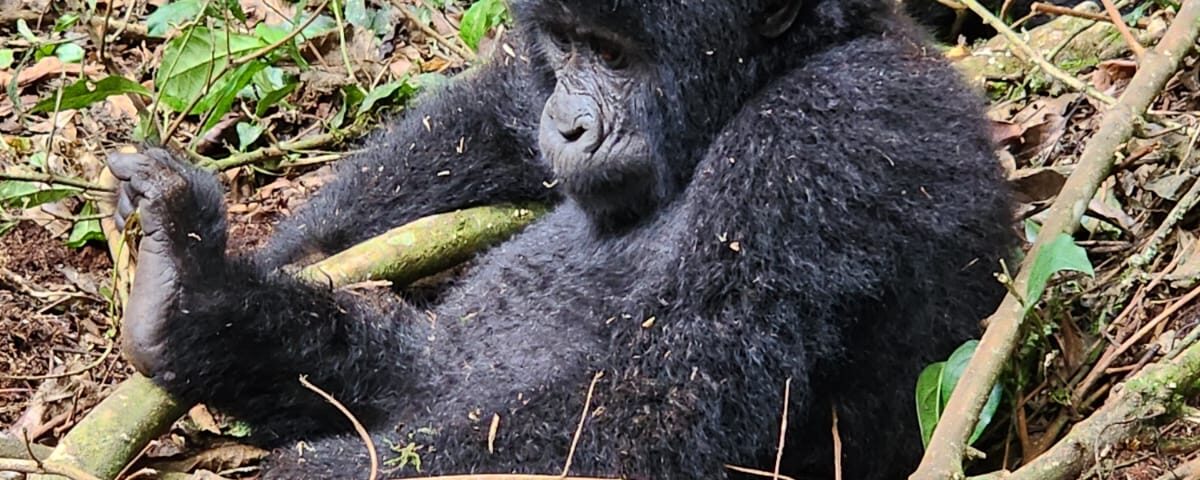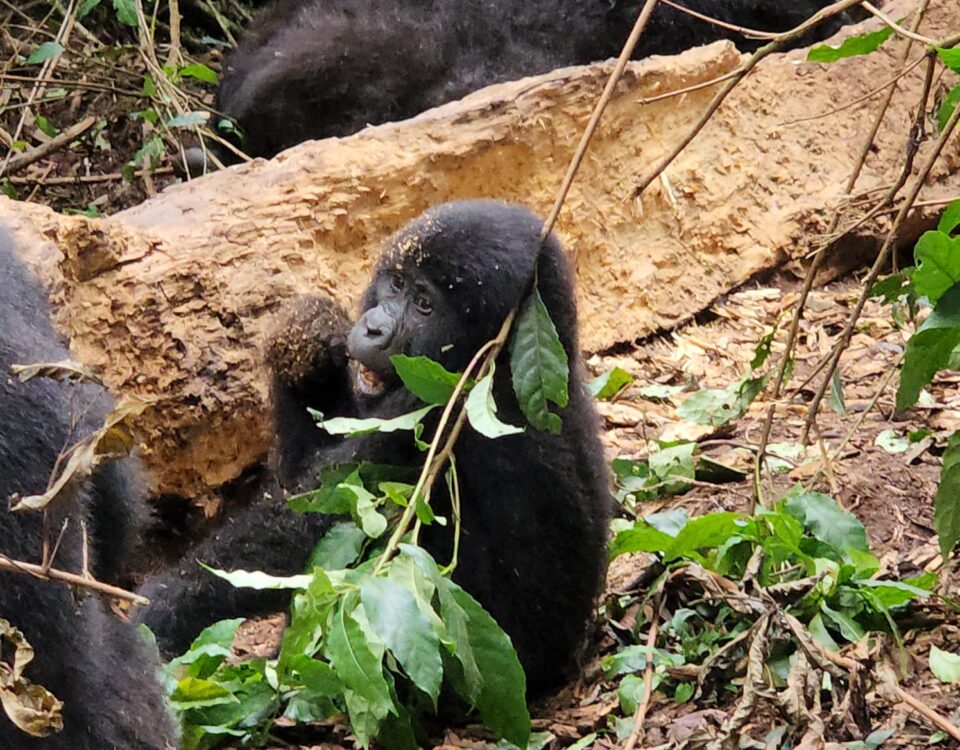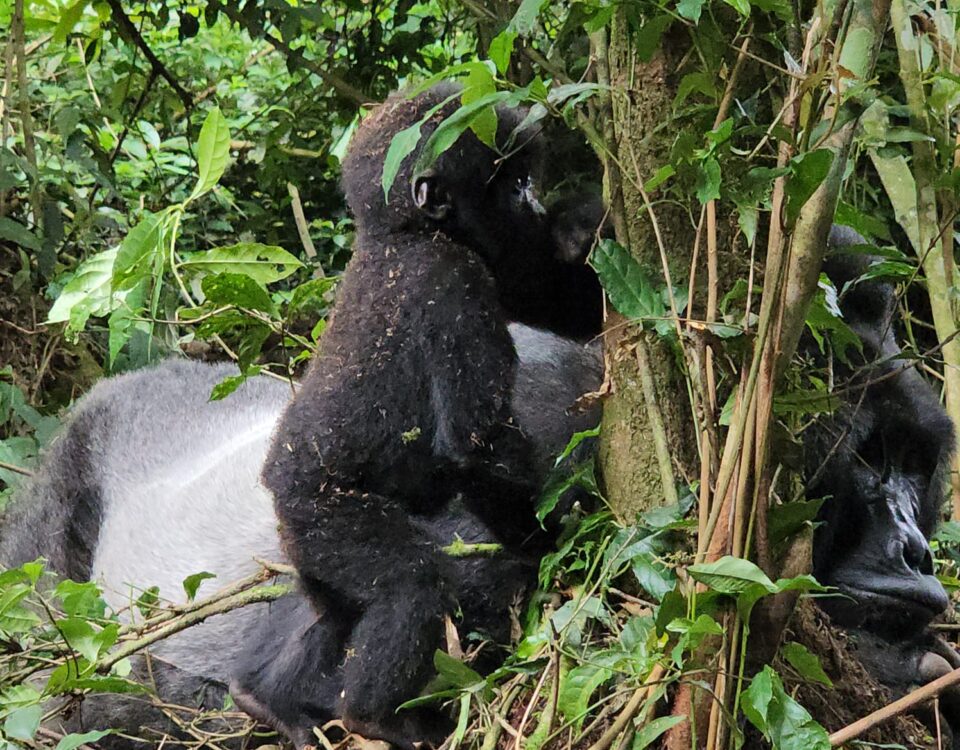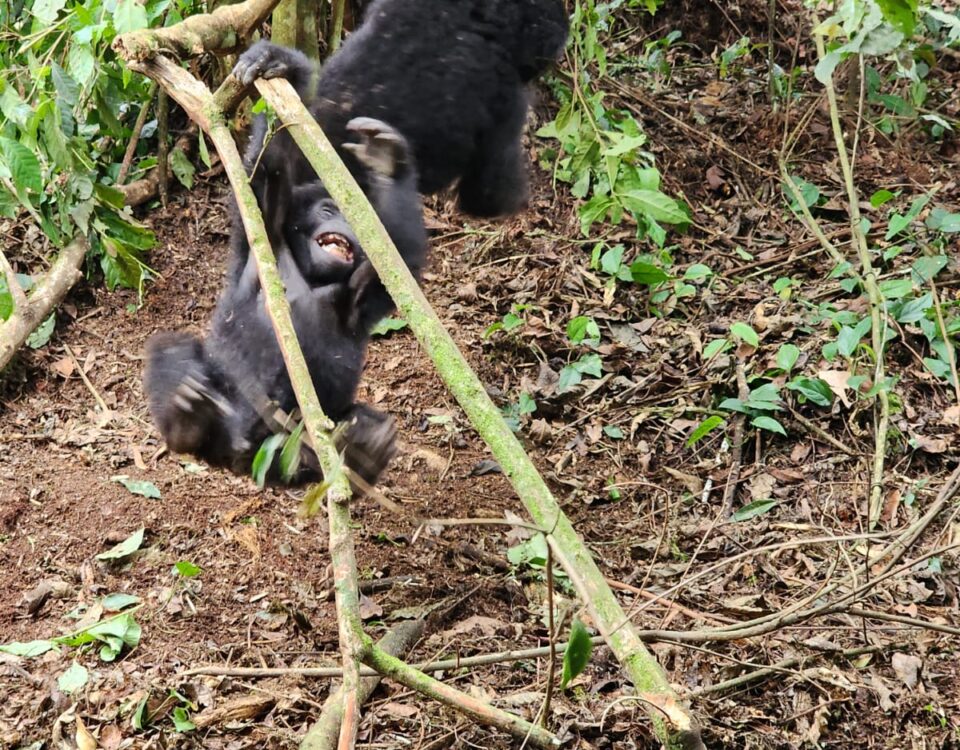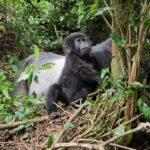
How Long Can I Spend with the Gorillas During a Trek?
April 2, 2025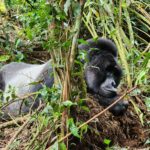
Can I Take Photos of the Gorillas During the Trek?
April 2, 2025Do I Need a Guide for Gorilla Trekking in Rwanda?
Do I Need a Guide for Gorilla Trekking in Rwanda? Gorilla trekking in Rwanda is one of the most extraordinary wildlife experiences in the world. Nestled in the lush Volcanoes National Park, Rwanda offers travelers the opportunity to get close to the magnificent mountain gorillas, a critically endangered species. This trek allows you to observe the gorillas in their natural habitat, providing a chance to witness their social behavior, their interactions with family members, and the breathtaking beauty of the mountainous landscapes they call home.
While planning for a gorilla trekking adventure, many people ask, “Do I need a guide for gorilla trekking in Rwanda?” The answer is a resounding yes. A professional guide is an essential part of your trekking experience, ensuring not only that you have a safe and enjoyable journey, but also that you have a deeper understanding of the gorillas and the ecosystem they inhabit. In this article, we’ll explore why guides are necessary, what roles they play, and how they contribute to both your safety and the preservation of Rwanda’s gorilla population.
Best Uganda Rwanda Safari Packages
Why You Need a Guide for Gorilla Trekking in Rwanda
In Rwanda, trekking with a guide is not only highly recommended, it is a requirement for all visitors who wish to encounter the mountain gorillas. Guides are trained professionals who have extensive knowledge of the local flora and fauna, as well as the gorillas’ behaviors and habitats. Here are several important reasons why you need a guide for your trek:
- Safety and Protection
One of the main reasons for having a guide on your gorilla trekking experience is to ensure your safety. The terrain in Volcanoes National Park is challenging, often involving steep climbs, slippery paths, and dense vegetation. Without an experienced guide, it would be difficult to navigate through the forest, especially for those who are not accustomed to hiking in such conditions.
Guides also ensure that visitors follow the necessary protocols for interacting with the gorillas, such as maintaining a safe distance of at least 7 meters (21 feet) from the gorillas. They are trained to handle situations where the gorillas might become agitated or curious about human presence. In some instances, guides can help to de-escalate potential tension between humans and the gorillas, allowing you to enjoy the experience safely while minimizing the risk of disturbance to the animals.
- Expert Knowledge of the Gorillas
Rwanda’s gorillas are habituated to human presence, but they are still wild animals. A guide’s job is to help you understand their behavior, family structures, and the unique characteristics of each gorilla group. They are knowledgeable about the specific gorilla families in the park and can tell you which family you will visit, along with interesting details about them, such as the alpha male, dominant females, or infant gorillas.
The guides’ expert knowledge enhances the overall trekking experience. Without a guide, you might miss out on the educational aspects of your trek. Guides also share fascinating facts about the conservation efforts that have been crucial in protecting Rwanda’s gorillas. Their guidance allows visitors to learn about the history of the gorillas and their role in Rwanda’s ecosystem, providing a richer understanding of what it means to protect this species.
- Protection of Gorilla Habitats and Conservation Efforts
Rwanda takes great pride in its gorilla conservation programs, and the government has put strict regulations in place to protect both the gorillas and their habitat. Guides play a pivotal role in ensuring that these regulations are adhered to during the trek. For example, they ensure that no one gets too close to the gorillas, that no flash photography is used, and that visitors do not disturb the animals in any way.
By hiring a guide, you are supporting these vital conservation efforts. The money paid for guided treks contributes directly to the protection and sustainability of the gorilla population in Rwanda. These funds help with ongoing conservation programs, including habitat preservation, anti-poaching efforts, and community education.
- Enhanced Trekking Experience
Without a guide, you may miss out on the finer details of the trek that make the experience truly magical. Guides can point out rare plants, animals, and birds along the way, enriching your time spent in the forest. They also know the best vantage points for viewing the gorillas without disturbing them.
Furthermore, guides ensure that your trek is efficient. They are familiar with the park’s vast network of trails and can help you find the gorillas more quickly. This increases your chances of having a longer and more rewarding time with the gorillas, instead of wasting time searching for them.
The Role of the Guide During the Trek
The role of a guide during the trek goes far beyond simply leading visitors to the gorillas. Here’s a breakdown of what guides do to ensure a smooth, safe, and educational experience:
- Pre-Trek Briefing
Before setting out on the trek, your guide will provide an important briefing. This includes safety instructions, the dos and don’ts while interacting with the gorillas, and advice on how to prepare for the hike. They will explain the rules that help protect the gorillas and their habitat, including the crucial one-hour limit for interacting with the gorillas once you’ve found them. The briefing also ensures that everyone in your group is adequately prepared for the trek and understands how to behave around the gorillas.
- Leading the Trek
Once you’re in the forest, the guide takes the lead, using their expert knowledge of the terrain and gorilla movements to navigate through the park. They understand the gorillas’ behavior and are able to predict where they are likely to be. This helps save valuable time during your trek, allowing you to find the gorillas faster.
Guides also have a crucial role in making sure the group follows the park’s regulations, such as maintaining a respectful distance from the gorillas, staying quiet, and avoiding any disruptive behavior. Their leadership ensures that all visitors have a positive and respectful experience in the park.
- Ensuring Ethical and Safe Interaction with Gorillas
Once you’ve reached the gorillas, the guide will ensure that all group members follow the guidelines for safe and respectful interaction. The guide will position the group so that everyone gets an opportunity to observe the gorillas, but in a way that does not disturb the animals or invade their space. They are responsible for keeping track of the time spent with the gorillas, ensuring that you get the full one-hour experience but also adhering to the time limit.
- Post-Trek Debriefing
After the trek, the guide will often lead a debriefing session, allowing you to ask questions and reflect on the experience. This time is used to discuss what you saw, the behaviors of the gorillas, and any insights gained about the animals’ social structures and daily routines.
What Makes a Good Gorilla Trekking Guide?
A good gorilla trekking guide is more than just a person who leads the trek. They should possess several key qualities, including:
- Expert Knowledge: A deep understanding of the gorillas, their habitats, and the ecology of Volcanoes National Park.
- Strong Communication Skills: The ability to clearly explain facts about the gorillas and guide the group in a way that ensures safety and enjoyment.
- Experienced and Trustworthy: Guides should have years of experience and be able to make quick decisions if situations with the gorillas or in the forest become unpredictable.
- Passion for Conservation: A good guide will be passionate about wildlife conservation and eager to share the importance of preserving gorilla populations for future generations.
Conclusion: The Importance of Guides for Gorilla Trekking
In Rwanda, a guided gorilla trek is not only a necessary part of the experience but also one that greatly enhances your adventure. From ensuring your safety and providing an enriching learning experience to supporting conservation efforts, guides are integral to the success of your trek. They are responsible for navigating the challenging terrain, educating you about the gorillas, and ensuring that you have a safe and unforgettable experience. By trekking with a guide, you are not only ensuring your personal safety but also contributing to the long-term protection of Rwanda’s endangered mountain gorillas. Therefore, for a truly remarkable and meaningful gorilla trekking experience, a guide is an absolute must.

